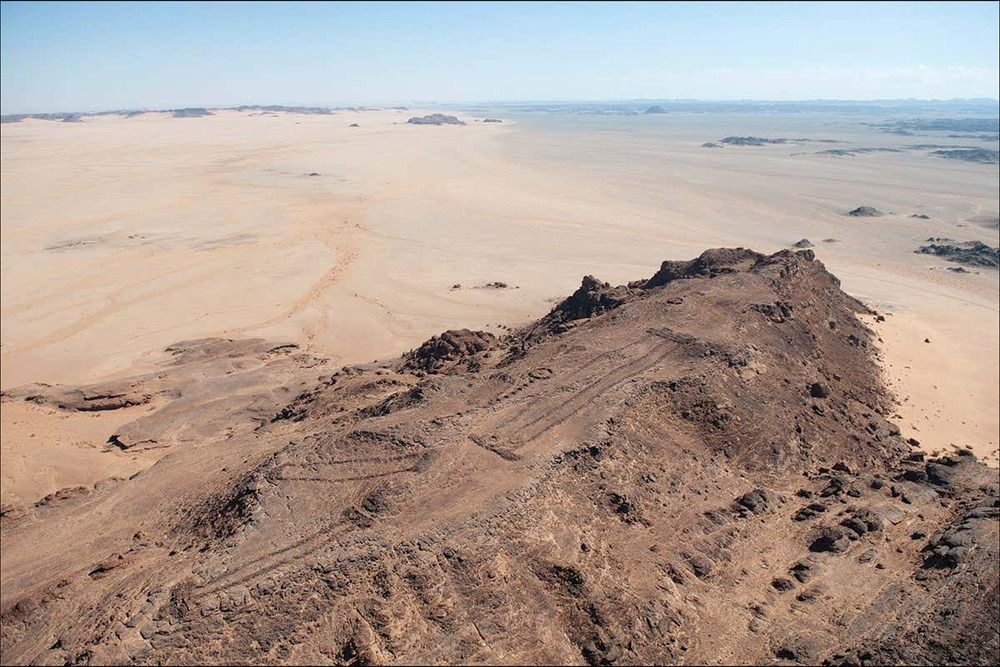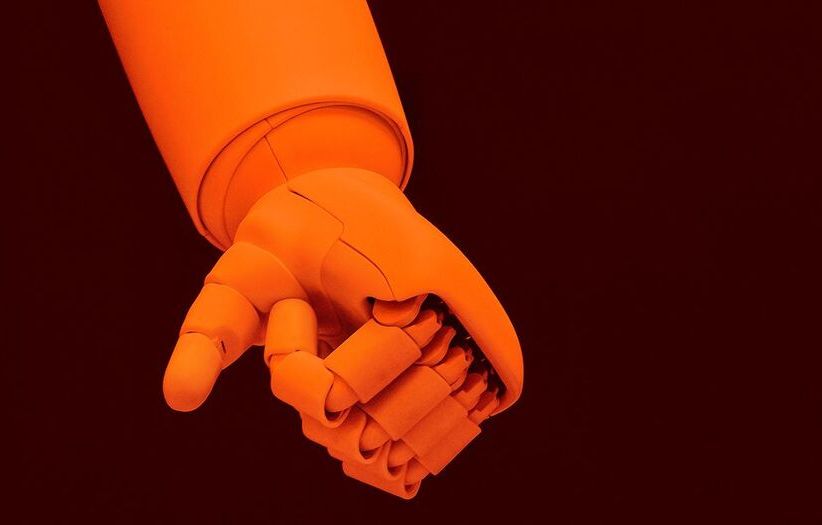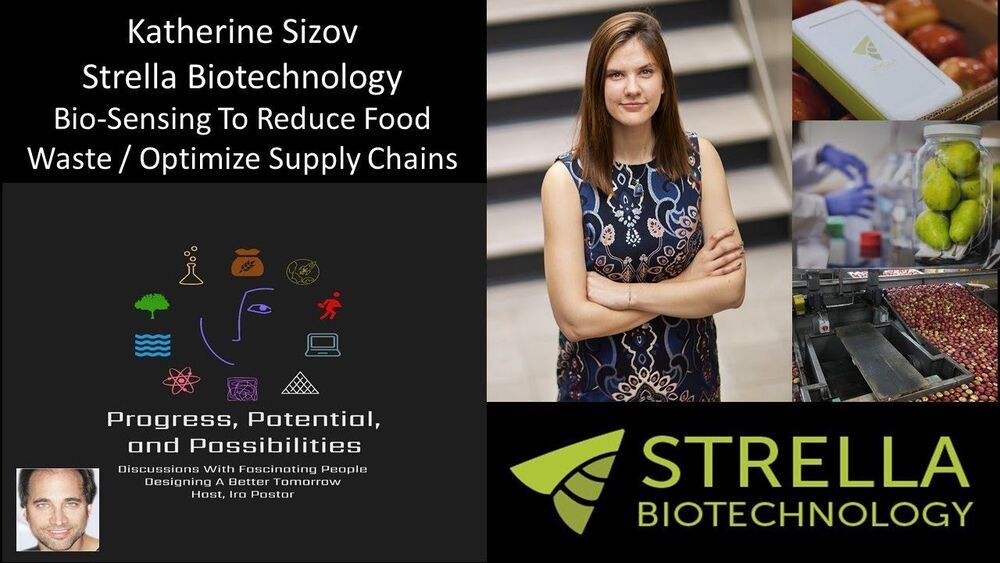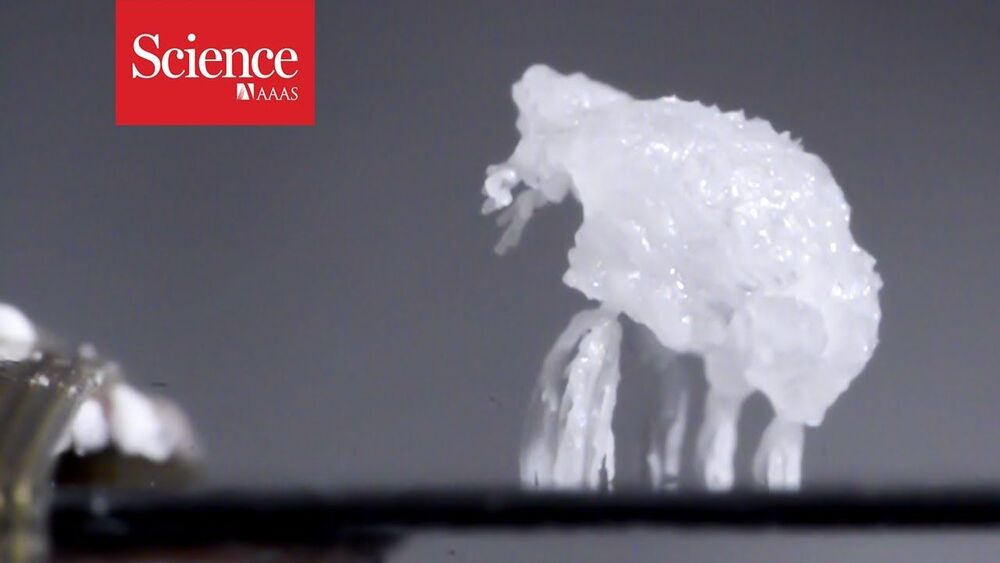Apr 30, 2021
Arabian cult may have built 1000 monuments older than Stonehenge
Posted by Quinn Sena in category: futurism
Made from piled-up blocks of sandstone, some of which weighed more than 500 kilograms, mustatils ranged from 20 metres to more than 600 metres in length, but their walls stood only 1.2 metres high. “It’s not designed to keep anything in, but to demarcate the space that is clearly an area that needs to be isolated,” says Thomas.
In a typical mustatil, long walls surround a central courtyard, with a distinctive rubble platform, or “head”, at one end and entryways at the opposite end. Some entrances were blocked by stones, suggesting they could have been decommissioned after use.
Excavations at one mustatil showed that the centre of the head contained a chamber within which there were fragments of cattle horns and skulls. The cattle fragments may have been presented as offerings, suggesting mustatils may have been used for rituals.

















